Nutritionist reveals whether butter or margarine is healthier
Experts have just revealed the results of a competitive taste test, with the budget supermarket’s product coming out top for its taste and value.
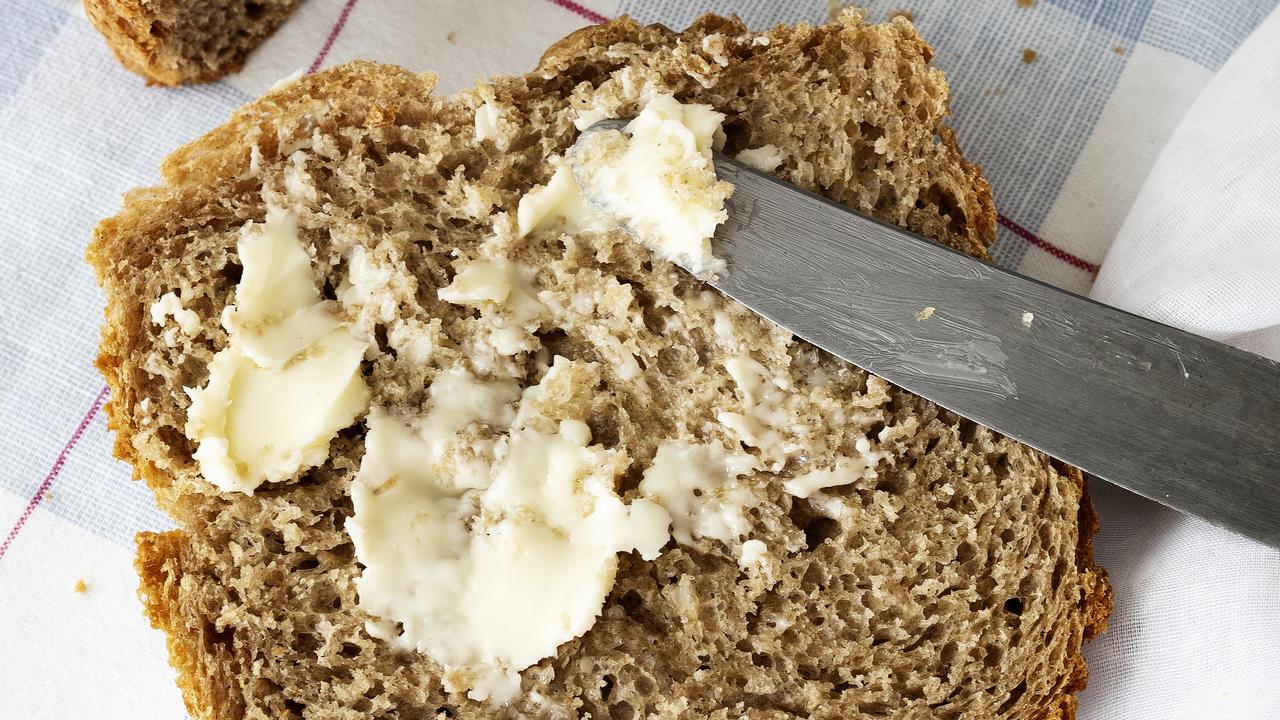
Aldi’s unsalted butter has just scored big when it comes to taste — ranking third for being budget friendly and full of flavour.
According to Choice Australia, Beautifully Butterfully — which sells at just $2.79 per 250g, almost half the price as the winner Lurpak and a dollar cheaper than second place winner Western Star — rates in the top three of all butters.
Aldi beat other popular butters including Devondale, Mainland, Coles and Woolworths own brands, and even fancy brand Pepe Saya.
But while the top two ranking butters both contain salt, Aldi’s version doesn’t — leading to the question: Are all butters as equal as they seem?
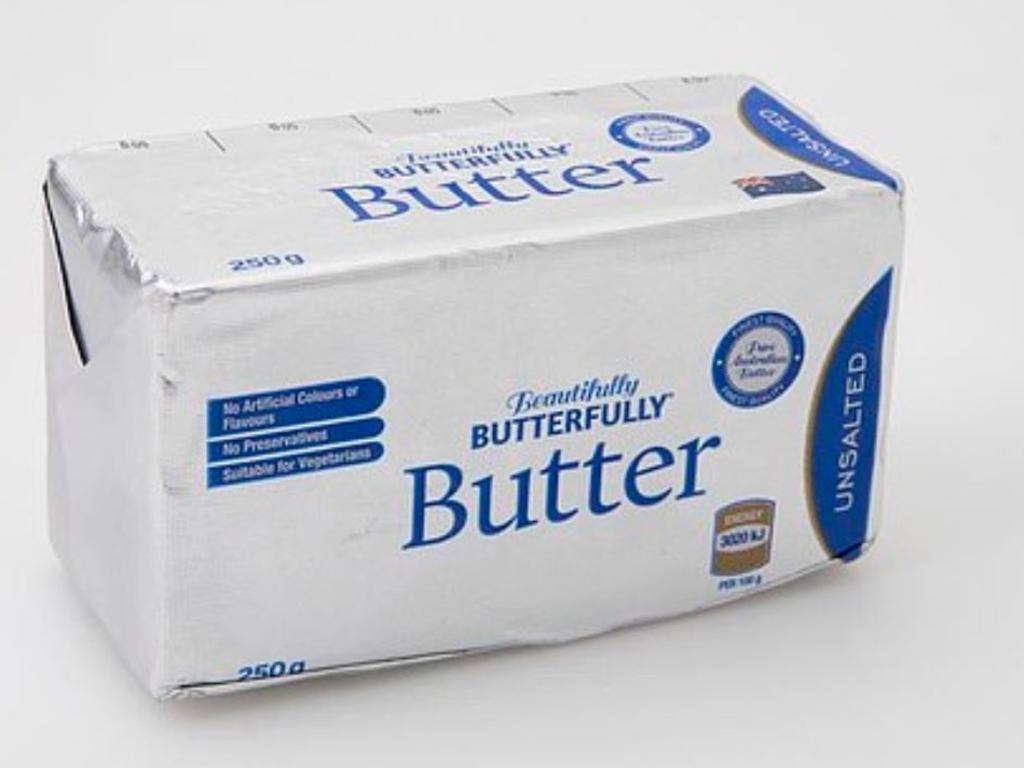
Is cheaper butter better, or should we even be eating butter margarine at all and instead opting for margarine?
WHAT IS BUTTER?
Taking a step back to consider the role of any type of added fat in the diet, it is important to remember that the average adult will require just 60-80g of fat each day. When we take into account a daily serve of nuts, olive in cooking along with some omega 3 rich fat from oily fish, overall we get most of the fat we need from nutrient rich, whole foods. This means that any added fat from spreads, butter or margarine, is an extra we do not necessarily need rather we like to add it — especially to our morning toast or banana bread. Yum.
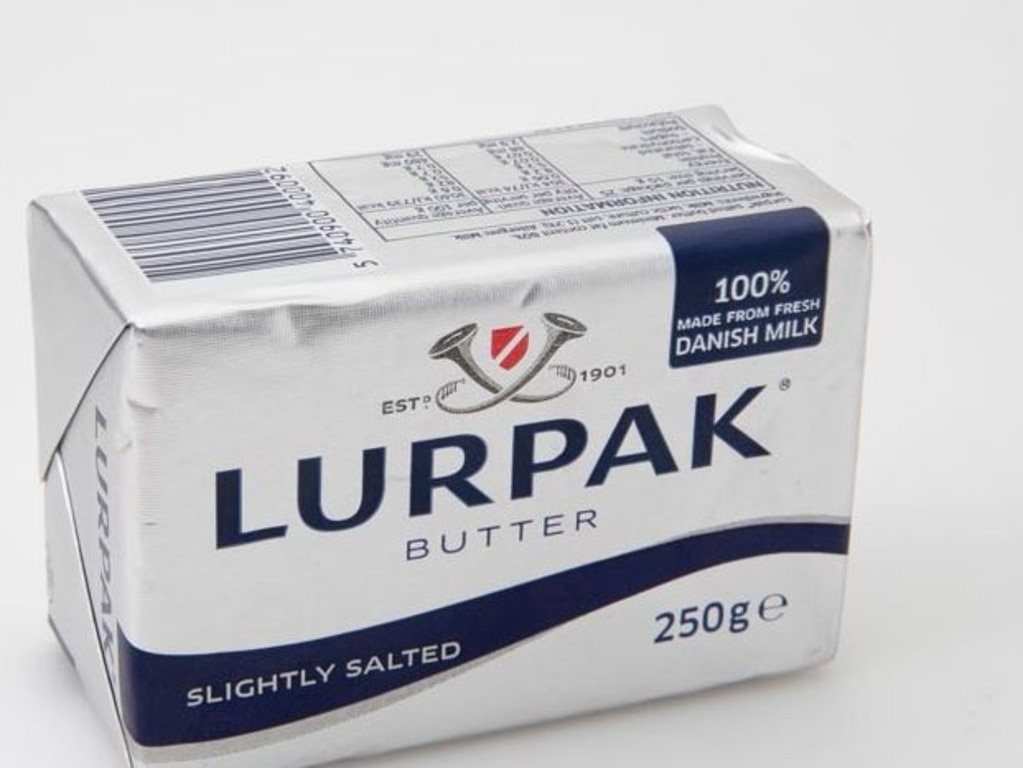
Butter, for which sales have increased in recent years as a result of a general move towards less processed foods, mainly consists of saturated fat. Roughly 80% fat overall, a single teaspoon of butter gives almost 3g of saturated fat, the type of fat that offers no specific benefits in the diet other than taste and density in baking.
WHAT ABOUT MARGE?
The difference between butter and margarine is that margarine is made with a base of vegetable oil. A range of oils are used, including blends of different oils such as palm and sunflower oil, commonly referred to as vegetable oil which are processed at high temperatures to create a semi-solid consistency. This processing creates the spreadable forms of the oils we see and use today.
Margarines range from 40-80% fat depending on the brand and type, and generally contain extra salt for flavour and colours to give them their bright yellow appearance. While the type of fat found in margarine is largely unsaturated, nutritionally they offer little other than the extra fat from different vegetable oils and are a heavily processed food.
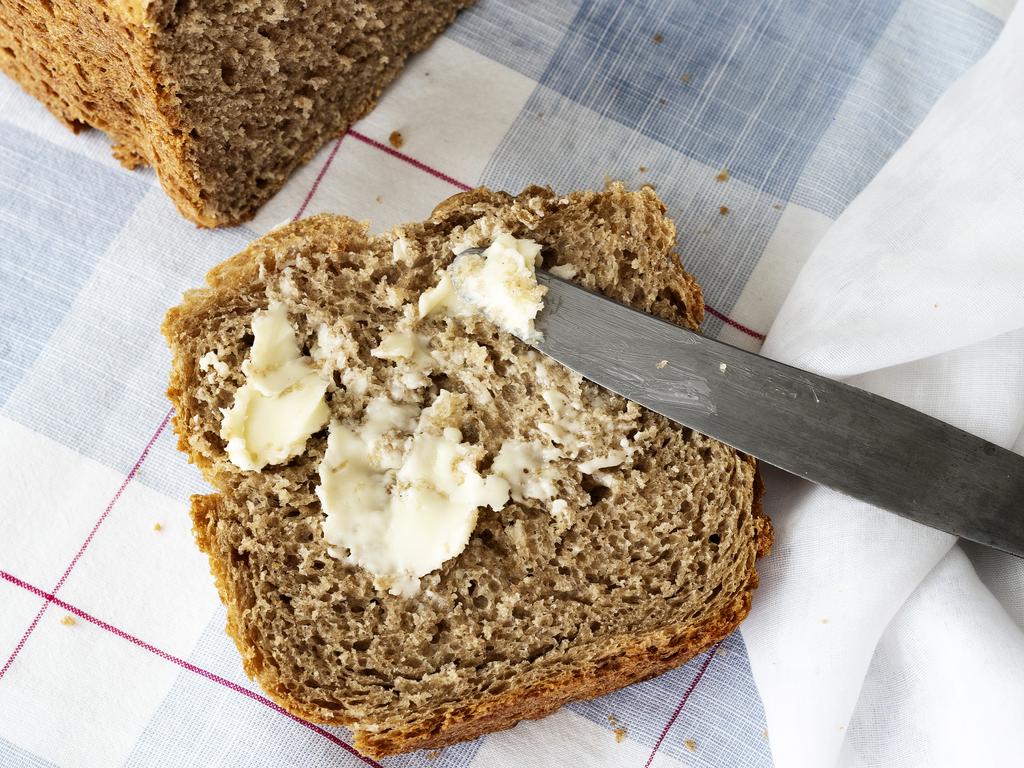
For a number of years cholesterol lowering margarines have been marketed as a product useful for those with high blood cholesterol as they contain concentrated amounts of plant sterols which, when consumed in high enough volumes can reduce blood cholesterol.
In general these spreads are expensive and need to be used in relatively large amounts to reap moderate benefits. It is also questionable whether adding extra processed fat into the diet makes sense for those with high cholesterol when the overall goal is to reduce the intake of processed foods in the diet in general in favour of natural, unprocessed fats via olive oil, nuts, seeds and oily fish.
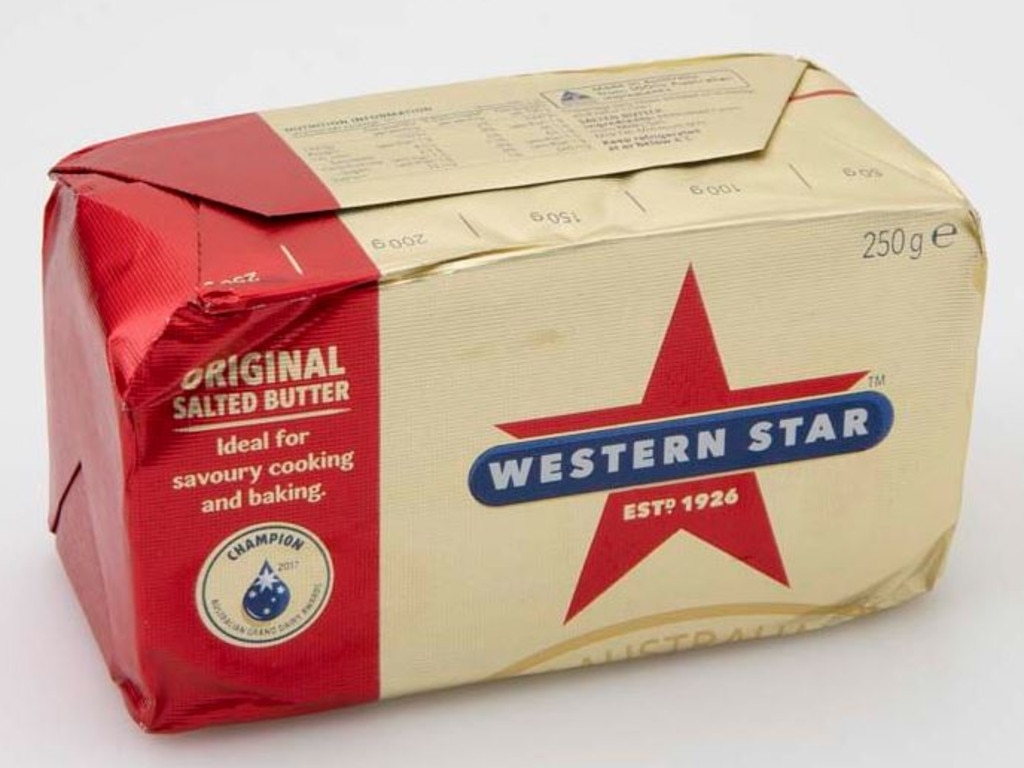
SO WHICH IS BETTER?
From a health perspective you would say neither. Butter or margarine are not foods we really need or gain any health benefits from. They are simply concentrated sources of added fat. Nutritionally, whilst margarine is lower in saturated fat than butter, it is heavily processed food, made using refined vegetable oils.
For this reason alone you would argue that butter is a more natural option to include in small amounts as desired within a balanced diet.
Now it seems you do not need to spend extra to get yourself a great tasting butter either, with Aldi’s version coming in way under cost of other leading brands.
A thin spread of unsalted Aldi butter once a day will be your best bet both for taste and for the budget.
Susie Burrell is a nutritionist. Follow her on Twitter: @SusieBDiet




